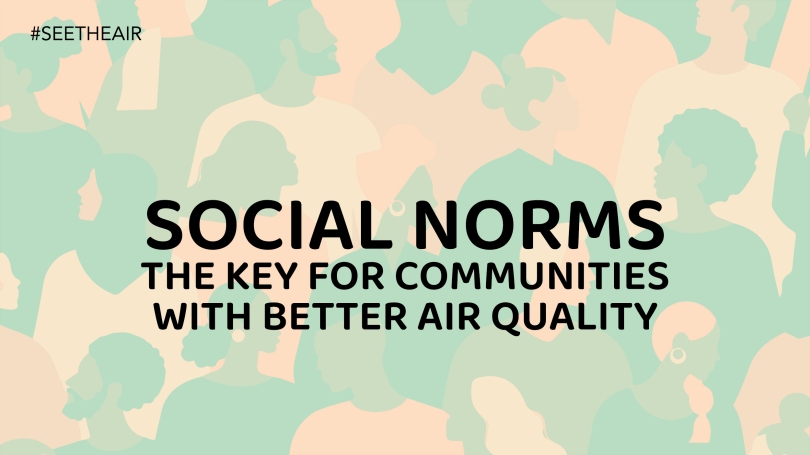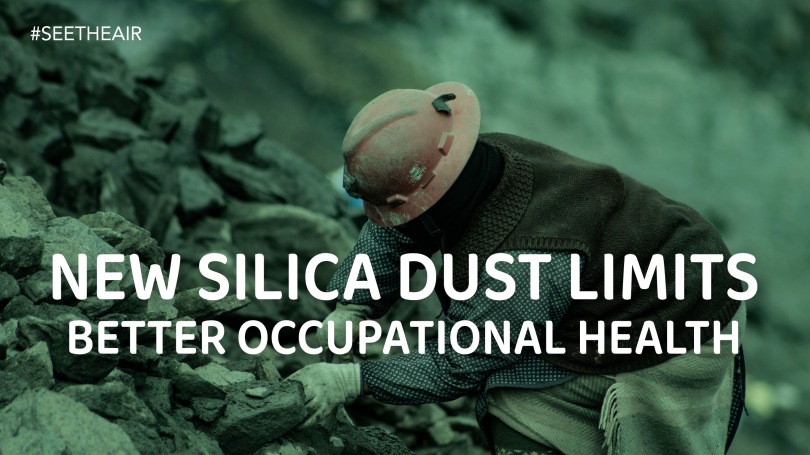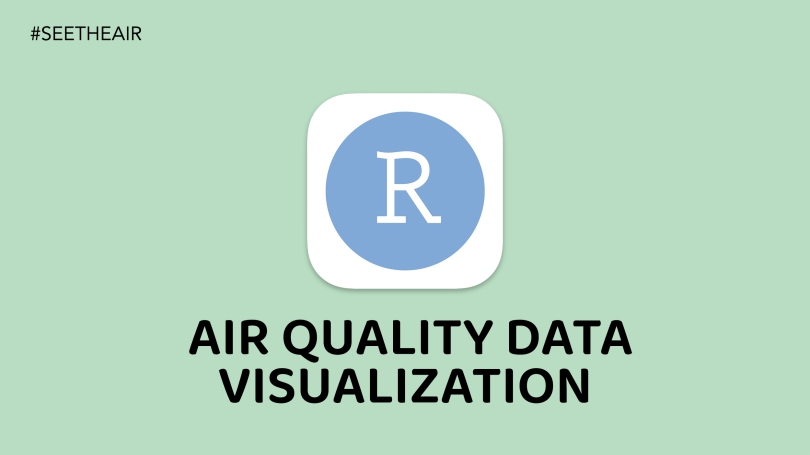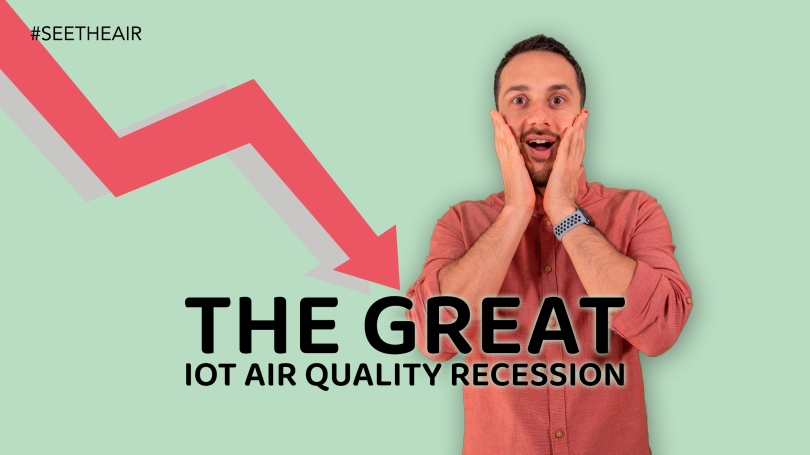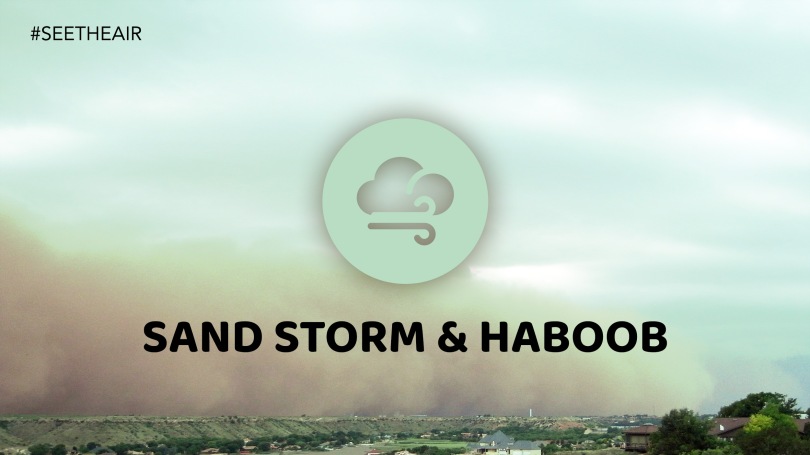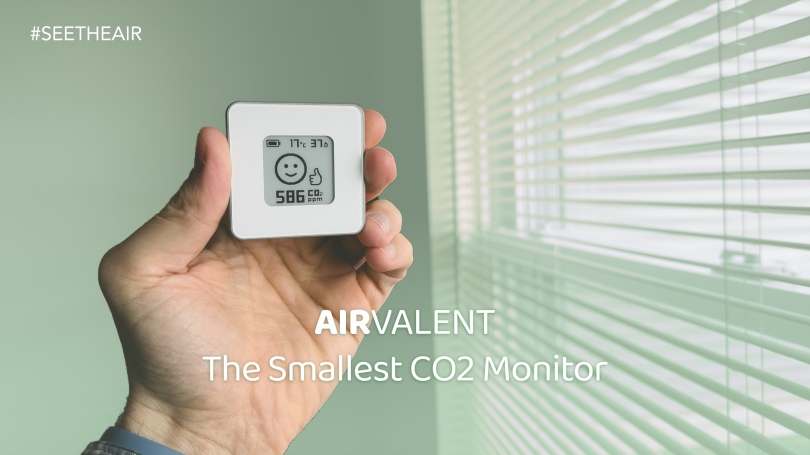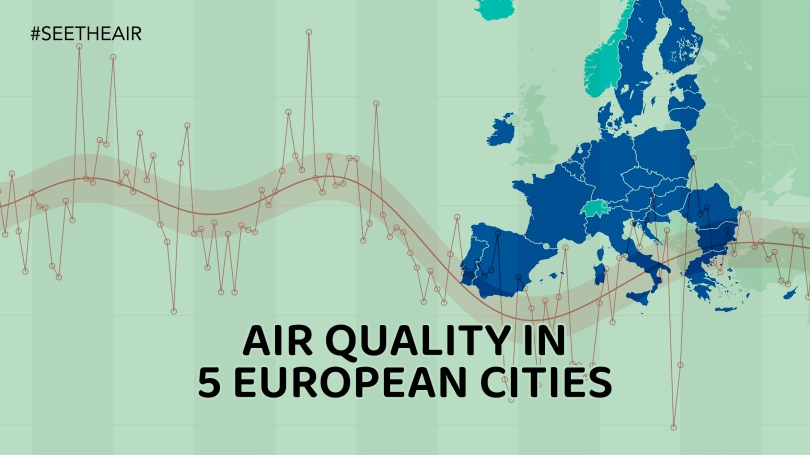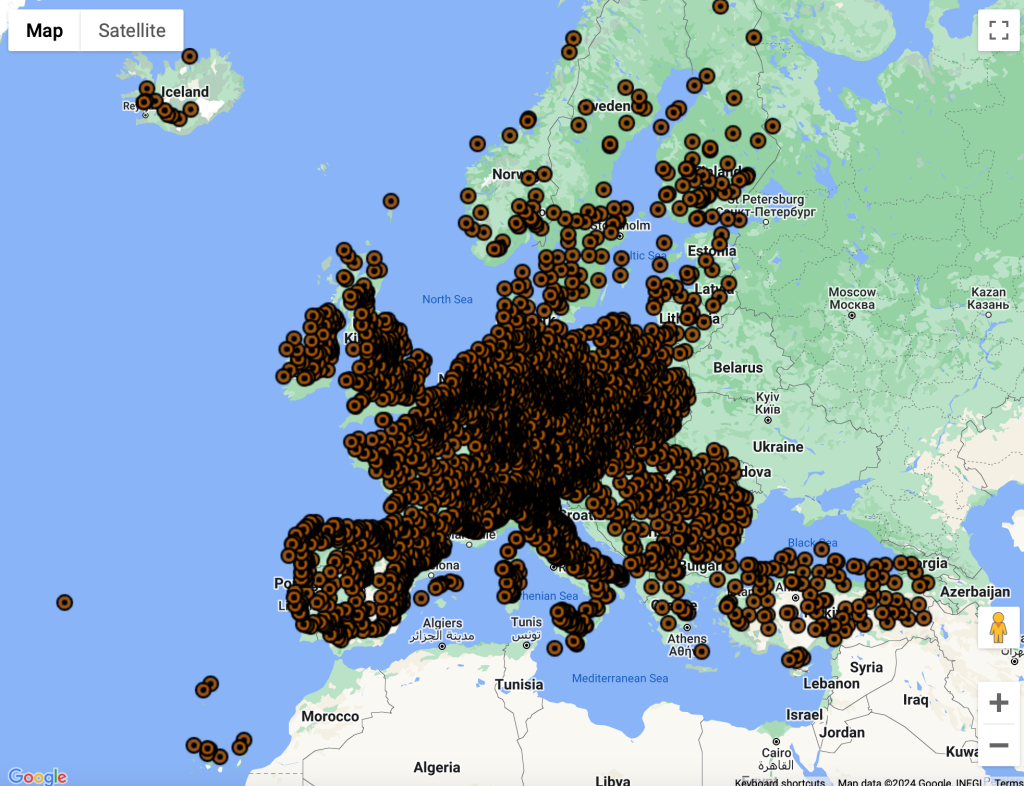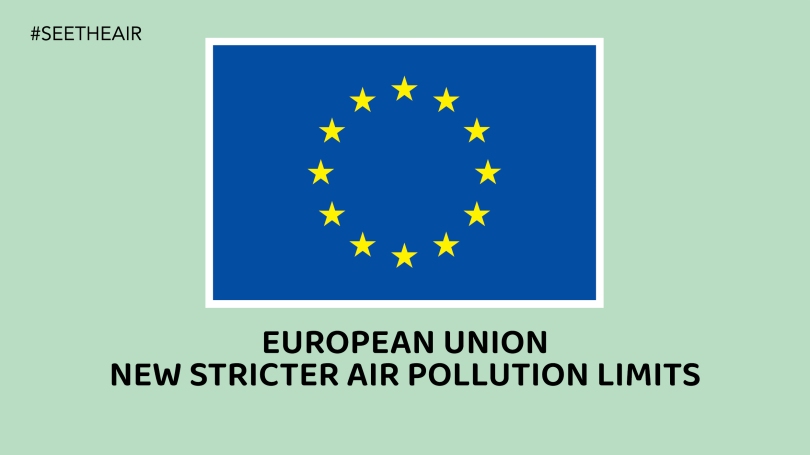We all like our homes to smell fresh (not possible) and inviting. But that seemingly harmless air freshener, scented candle, or electric perfume dispenser might be doing more harm than good. In fact they do and you will understand in detail below. These common household items can release a surprising number of chemicals that negatively impact indoor air quality and potentially our health.
The Culprit: Volatile Organic Compounds (VOCs)
All air fresheners, regardless of form (spray, plug-in, candle), rely on volatile organic compounds (VOCs) to create their signature scents. VOCs are chemicals that easily become gases at room temperature. While some VOCs occur naturally, those found in air fresheners are often synthetic and can irritate the eyes, nose, and throat.
Chemistry:
Everything is chemistry around us, the issue relies on the fact of how different chemicals interact in the indoor environment with other gases, sunlight, heat, other substances, or even our bodies. For example, when certain VOCs are exposed to sunlight they can interact with oxides and form ozone (O3), known for the oxidizing properties. Others can form particulate matter through complex chemical reactions known as secondary organic aerosols (SOAs), especially terpenes which resemble to pine smell. Even our natural skin oils can interact with VOCs to produce highly reactive radicals that can generate toxic airborne chemicals in indoor spaces.
Unfortunately, these products come with other chemicals too like Phthalates which are found in almost all products (around 75% that list “fragrance” as an ingredient), and many household cleaners. It is hard to unearth what chemicals are used because in most cases companies use other generic terms like fragrance, solvents, propellants, or even colors to hide the chemicals formulas. Here is a list:
- Fragrances: They are a mixture of different chemicals including VOCs.
- Phthalates: They are plasticizers that help distribute and deliver fragrance.
- Aldehydes: These form from the other ingredients when the freshener remains in the air for several hours.
- Propellents: These hydrocarbons form a fine mist that distributes the product.
- Solvents: Ethanol and glycol ethers are used to dissolve the other ingredients.
- Deodorizers: Chemicals which can absorb and neutralize odors, not always bad but some brands use a cancer-causing chemical (1,4-dichlorobenzene) for this purpose.
Health Concerns:
Exposure to VOCs in air fresheners, especially for those with pre-existing conditions like asthma or allergies, can trigger respiratory distress and even trigger asthma attacks. Research also suggests potential links between long-term exposure to VOCs and some cancers and endocrine disruption.
The following labels are used frequently in European air fresheners. The label on the left describes aquatic toxicity. I will remind you that humans are 60% water and when you inhale the chemicals you eventually dissolve them in the mucus around the human tissue. The label on the right indicates irritants, skin sensitizers, acute toxicity, respiratory tract irritants, and hazardous to the ozone layer. Are you still having these products inside your house?


Beyond Immediate Irritation:
The effects of air fresheners go beyond immediate irritation. These products can mask unpleasant odors without addressing the source, potentially leading to a decreased awareness of indoor air quality problems like mold or mildew growth. Additionally, the constant fragrance can desensitize our noses to natural scents, making us reliant on artificial fragrances for a sense of “freshness“.
Making Safer Scents:
There are ways to freshen your home environment without sacrificing your health. Here are some alternatives:
- Natural Ventilation: Open windows and doors whenever possible to allow actual fresh air to circulate and remove stale odors. Remember fresh air doesn’t mean it is clean air.
- Natural Cleaning Products: Opt for natural cleaning solutions like vinegar and baking soda to eliminate odors at the source.
- Essential Oils: Be careful with essential oils and diffusers. I don’t recommend them. If you still insist on using them, choose 100% organic essential oils and dilute them properly to avoid concentrated exposure. Use as little as possible. Essential oils are also VOCs.
Make informed choices and remember fresh air means air without any odor, 78.08% nitrogen, 20.95% oxygen, 0.93% argon, and 0.041% carbon dioxide, nothing else.
References:
- https://www.jstage.jst.go.jp/article/jts/40/5/40_535/_article/-char/ja/
- https://www.sciencedirect.com/science/article/abs/pii/S1352231014008796
- https://www.sciencedirect.com/science/article/abs/pii/S1352231006006364
- http://dl.lib.uom.lk/handle/123/9057
- https://doi.org/10.1111/ina.12923
- https://www.sciencedirect.com/science/article/abs/pii/S1352231006009939
- https://www.sciencedirect.com/science/article/abs/pii/S1352231004002171




